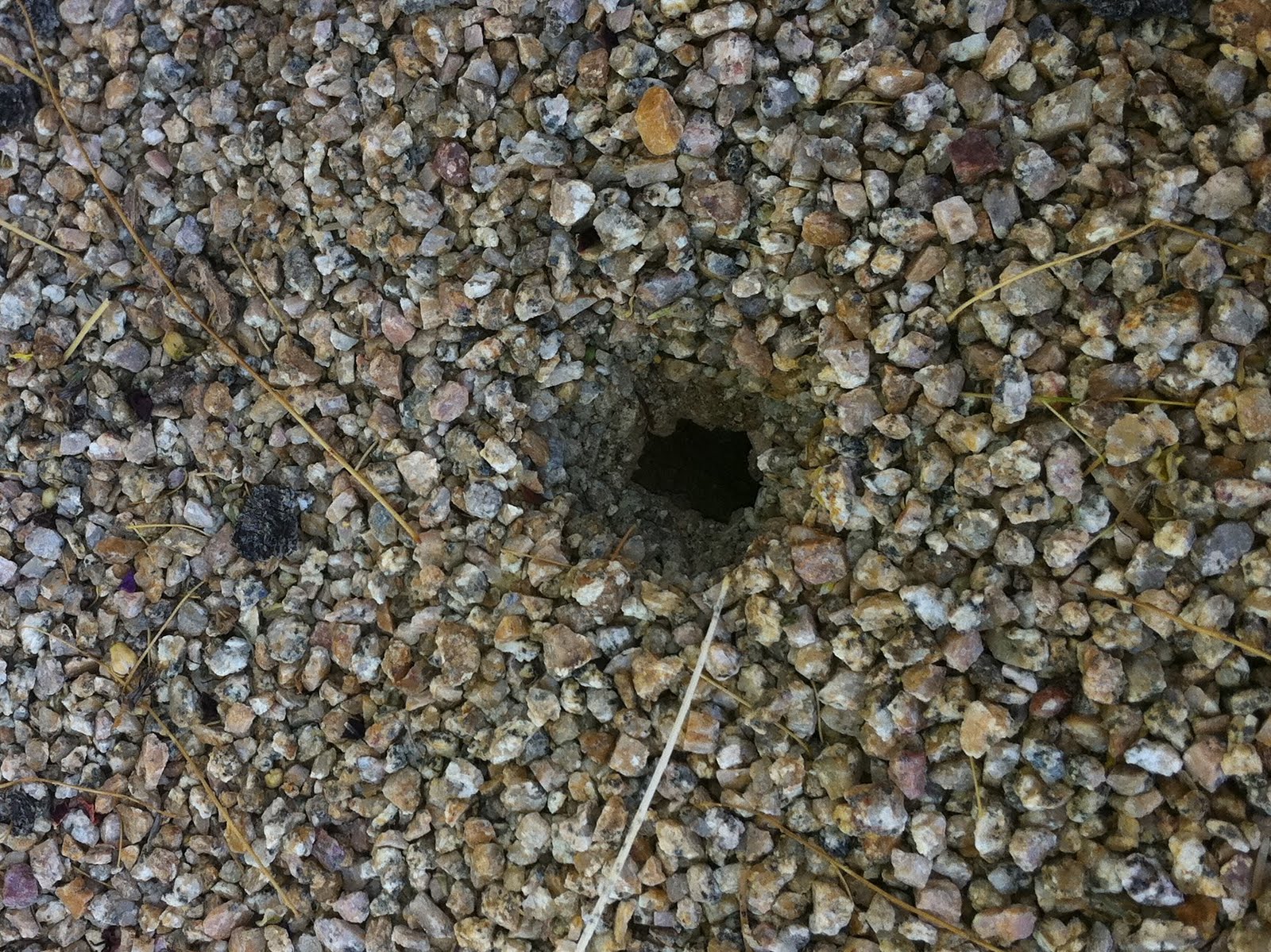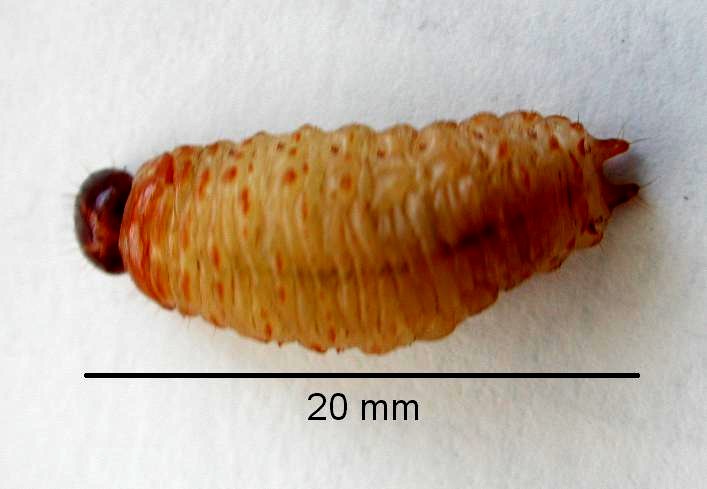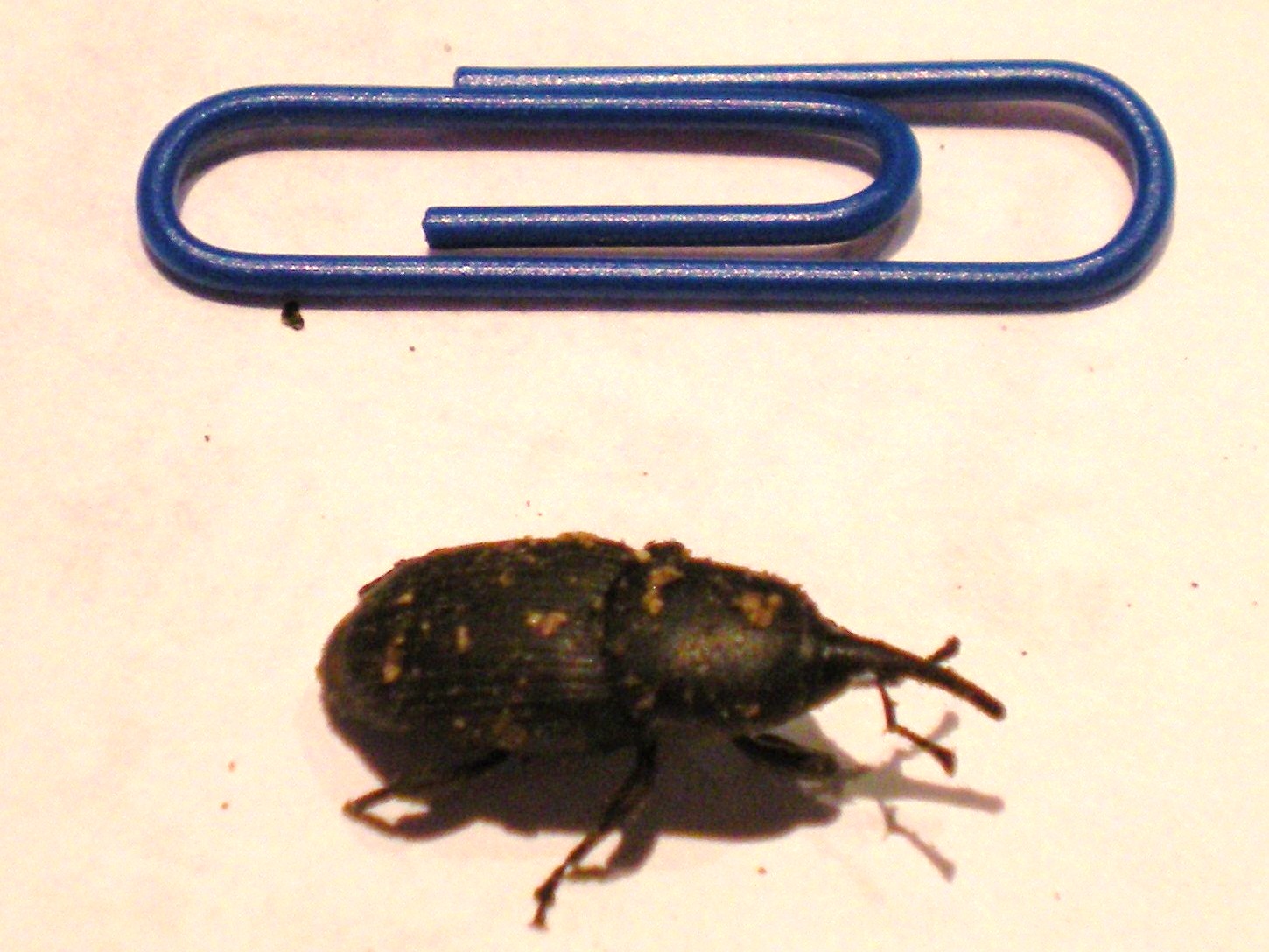 I have seen many palo verde trees impacted by the palo verde root borer: trunk and limbs turning golden brown, leaves drop. All these symptoms develop after the damage has been done. But this year I ran across something I have only ever described after the palo verde begins rapidly declining.
I have seen many palo verde trees impacted by the palo verde root borer: trunk and limbs turning golden brown, leaves drop. All these symptoms develop after the damage has been done. But this year I ran across something I have only ever described after the palo verde begins rapidly declining.

 As the agaves begin wilting out there, I am getting more and more questions about the proper treatment for prevention. The first questions is whether or not to treat. Not treating you take a risk of infestation, which may or may not happen this year or even next year. However, if infested, consider the agave a goner. If you have a large number of plants you want to protect, it can be quite costly to treat.
As the agaves begin wilting out there, I am getting more and more questions about the proper treatment for prevention. The first questions is whether or not to treat. Not treating you take a risk of infestation, which may or may not happen this year or even next year. However, if infested, consider the agave a goner. If you have a large number of plants you want to protect, it can be quite costly to treat.
